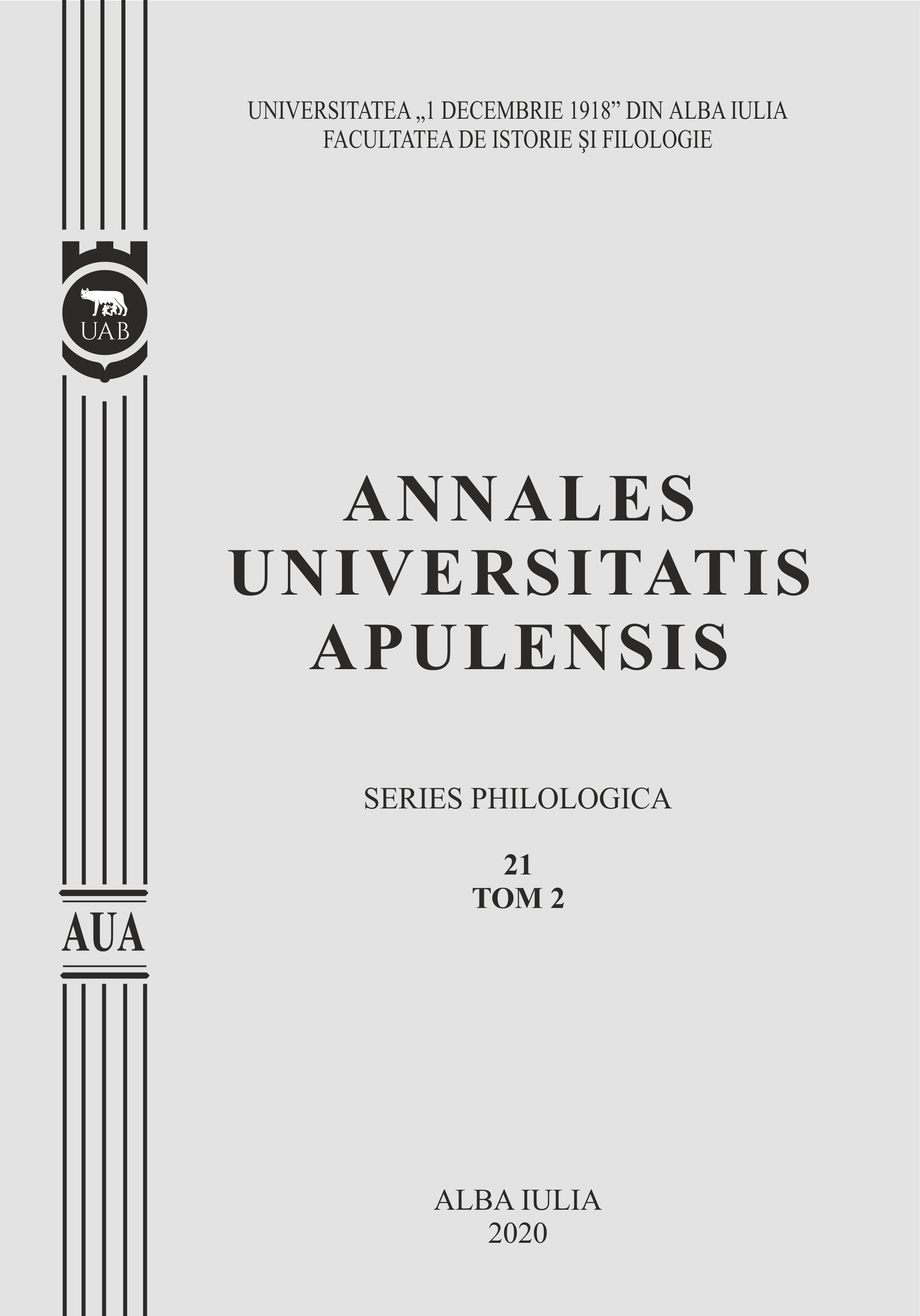KICK THE BALL VS KICK THE BUCKET – A PHRASAL ANALYSIS
KICK THE BALL VS KICK THE BUCKET – A PHRASAL ANALYSIS
Author(s): Alexandru Cornel SelyemSubject(s): Social Sciences, Education, School education
Published by: Universitatea »1 Decembrie 1918« Alba Iulia
Keywords: kick; ball; bucket; die; figurative language;
Summary/Abstract: Since there has always been a great deal of arguments regarding the processing of literal and figurative intended meaning of a phrase or of a single word I chose to work on the difference between these two phrases which at a first glance are not very different when talking about their intended meaning. However, due to the way the second one – kick the bucket – was used through times and is used nowadays there is a huge difference in the way the two of them can and should be analyzed. When dealing with a structure whose intended meaning is a figurative one we should take into account four prototypical properties of idioms:1. Phrasal : multi-word expression2. Idiomatic: non-literal meaning3. Lexically fixed: none of the words can be replaced4. Syntactically fixed: the idiom’s parts cannot be separated. That is exactly why I decided to choose these two phrases which, as mentioned above, seem to have the same particularities. In spite of this, when analyzing them we get to the conclusion that the difference between a phrase that has a clear literal intended meaning and one that has an intended figurative meaning – an idiom – can occur although their structure is quite the same. Using a verb, which admits passivization, together with a noun that represents an object, leads to two very different ways of processing that specific phrase. Although at the beginning the usage of both phrases was almost similar, in time they followed two very different paths. The main idea is that time, and the way a specific is being used through time, can lead to a very different way of processing that phrase. However, in this case of changing the way a phrase is being processed there are other external factors involved.
Journal: Annales Universitatis Apulensis. Series Philologica
- Issue Year: 22/2021
- Issue No: 2
- Page Range: 447-451
- Page Count: 5
- Language: English

